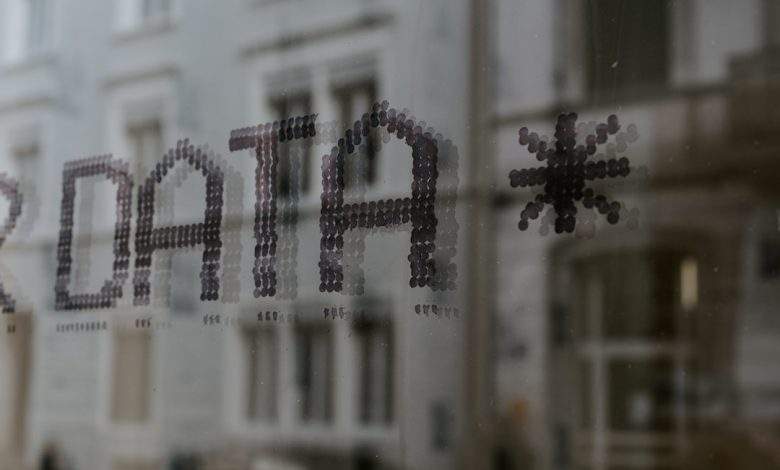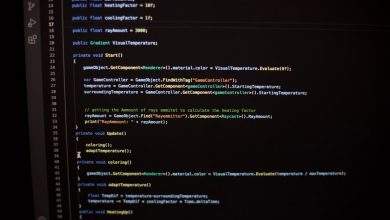
Cyber Awareness Challenge 2025 Answers: Key Insights for Better Security
Cyber threats are evolving at an unprecedented rate, making cybersecurity awareness more critical than ever. The Cyber Awareness Challenge 2025 serves as a vital educational tool to help individuals and organizations recognize and mitigate cyber risks. Understanding the key insights from this challenge can significantly improve overall security posture and prevent costly breaches.
Understanding the Cyber Awareness Challenge
The Cyber Awareness Challenge is an annual training program designed to educate users on current cybersecurity best practices. It covers essential topics such as phishing attacks, password security, data protection, and insider threats. By successfully completing this challenge, individuals demonstrate their ability to identify potential cyber risks and implement effective security measures.
Why Cyber Awareness Matters
In today’s digital age, cyber incidents can disrupt businesses, compromise personal data, and even impact national security. The challenge reinforces the significance of vigilance in online interactions and encourages proactive security habits. A single mistake, such as clicking on a malicious link, can lead to substantial financial and reputational damage.
[ai-img]cybersecurity, data protection, online safety[/ai-img]Key Takeaways from the Cyber Awareness Challenge 2025
The latest edition of the challenge introduces updated materials that reflect emerging cyber threats and newly adopted security best practices. Below are some major insights that can help individuals and organizations strengthen their cybersecurity defenses:
1. Recognizing Phishing Attempts
Phishing attacks remain one of the most common cyber threats. Attackers use deceptive emails, messages, and websites to trick users into providing sensitive information. The challenge highlights key indicators of phishing, such as:
- Urgent or threatening language demanding immediate action
- Suspicious email addresses and links
- Misspellings and grammatical errors in messages
- Unexpected attachments or requests for login credentials
Being able to recognize these signs is essential to prevent unauthorized access to personal or business accounts.
2. Strengthening Password Security
Weak passwords are a major vulnerability in cybersecurity. The challenge emphasizes the importance of strong, unique passwords and recommends best practices, including:
- Using passwords that are at least 12–15 characters in length
- Combining uppercase and lowercase letters, numbers, and special characters
- Avoiding commonly used passwords and personal information
- Implementing multi-factor authentication (MFA) for an added layer of security
By adopting these practices, users can reduce the risk of unauthorized access to their accounts.
3. Protecting Sensitive Data
Safeguarding sensitive information is crucial in preventing identity theft and data breaches. The challenge reinforces techniques to secure data, including:
- Encrypting sensitive files and communications
- Using secure and trusted networks for data transmission
- Regularly updating software and security patches
- Limiting access to sensitive files based on necessity
Implementing these measures ensures that confidential data remains protected from cyber threats.
[ai-img]data security, online protection, cyber threats[/ai-img]4. Understanding Insider Threats
Not all cyber threats originate from external attackers. The challenge highlights the risks posed by insider threats, which occur when employees, contractors, or trusted individuals misuse their access. Common types of insider threats include:
- Unintentional negligence (e.g., mishandling sensitive information)
- Malicious insiders seeking financial or personal gain
- Compromised insiders whose accounts are hijacked by attackers
Organizations can mitigate insider threats by implementing strict access controls, monitoring user activities, and conducting regular security awareness training.
Final Thoughts: Strengthening Cybersecurity Posture
The Cyber Awareness Challenge 2025 serves as a critical reminder that security vigilance is everyone’s responsibility. Cyber threats continue to evolve, making continuous education and training essential for individuals and businesses. By embracing proactive cybersecurity practices and applying the insights from this challenge, organizations can significantly reduce their risk of cyber attacks.
Ultimately, cybersecurity is not just about technology—it’s about awareness, responsibility, and preparedness. Stay informed, remain cautious, and always follow best practices to safeguard personal and organizational data.
[ai-img]cyber awareness, digital safety, secure network[/ai-img]


